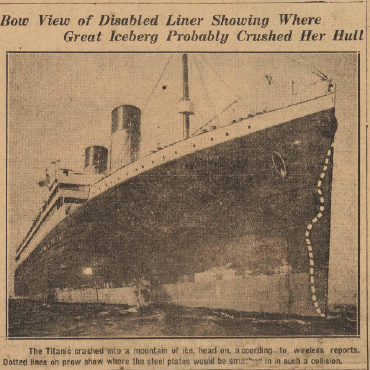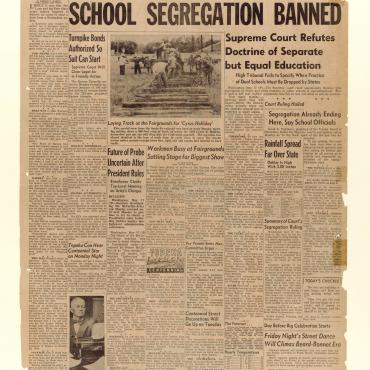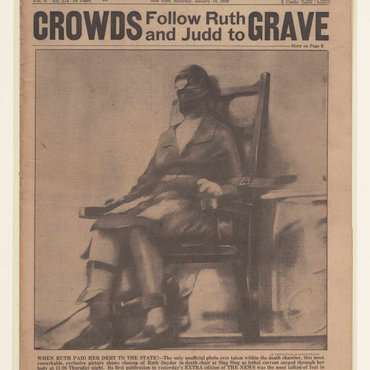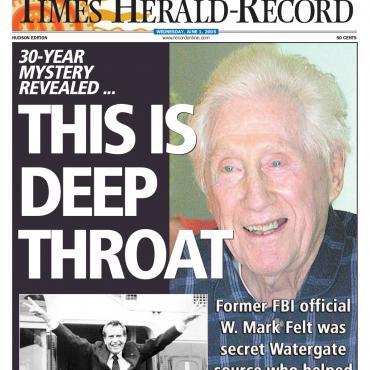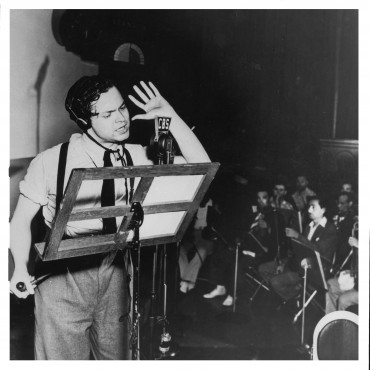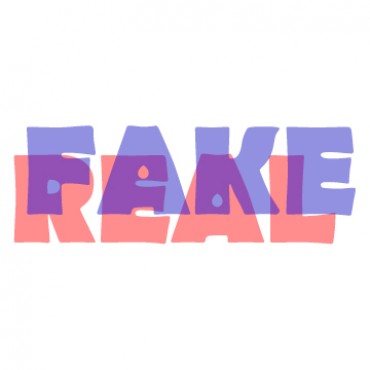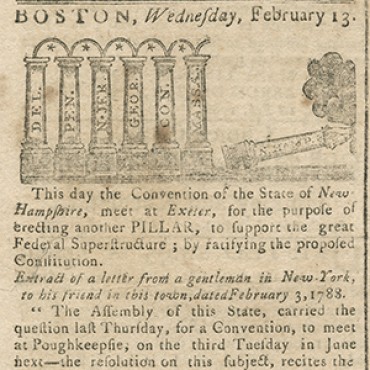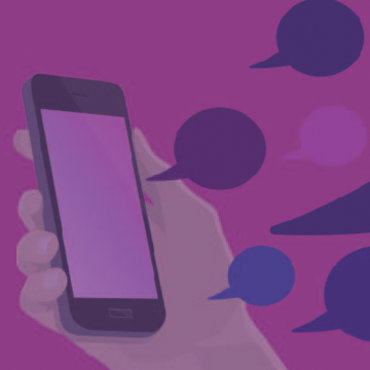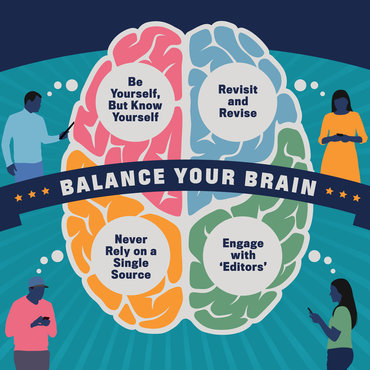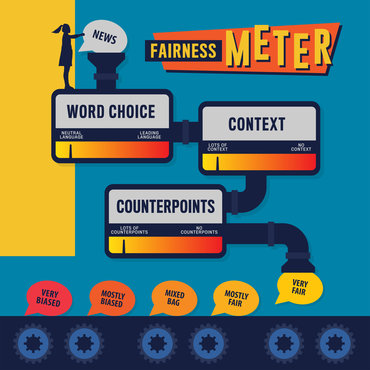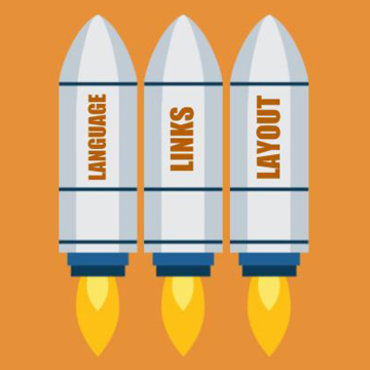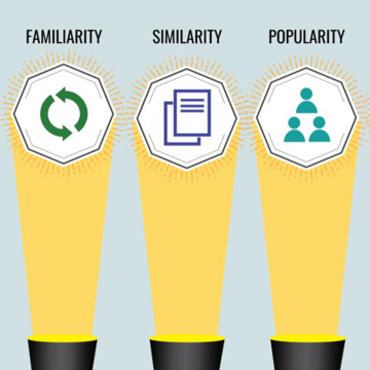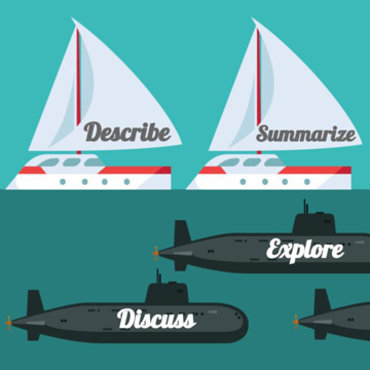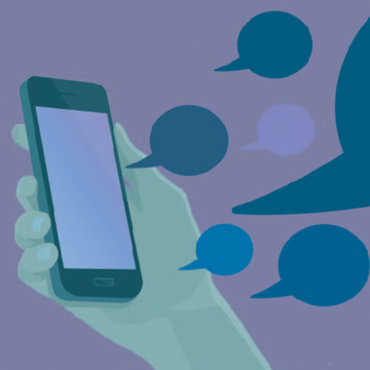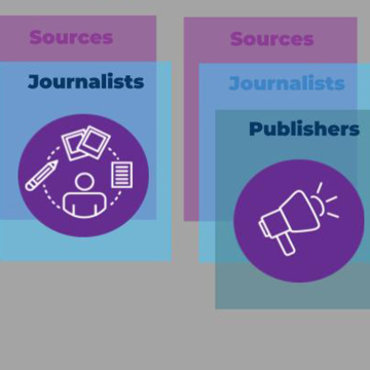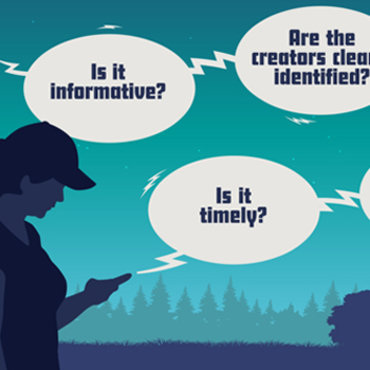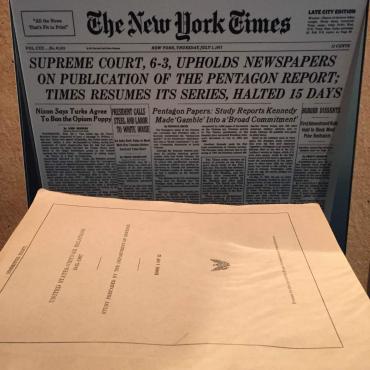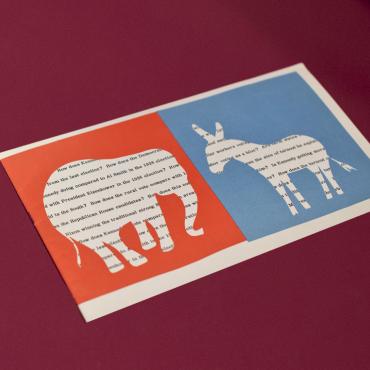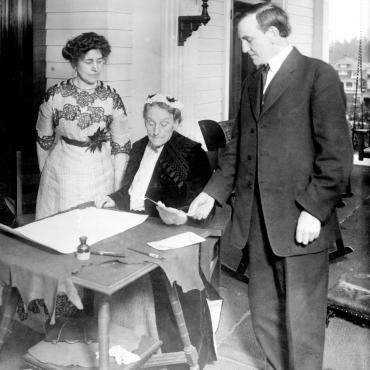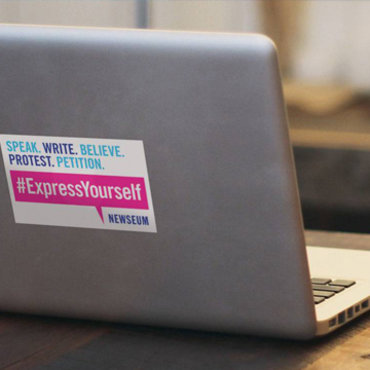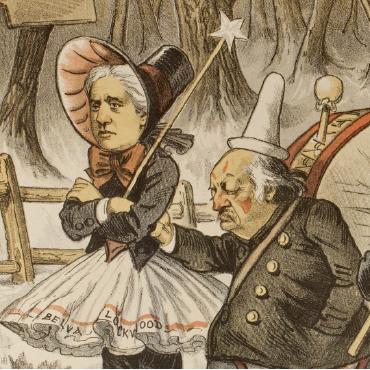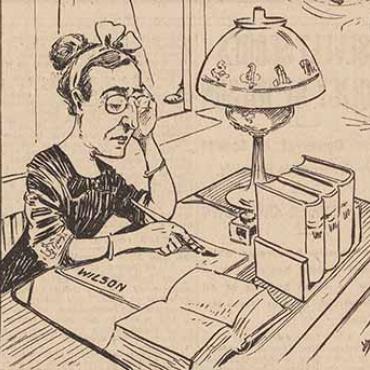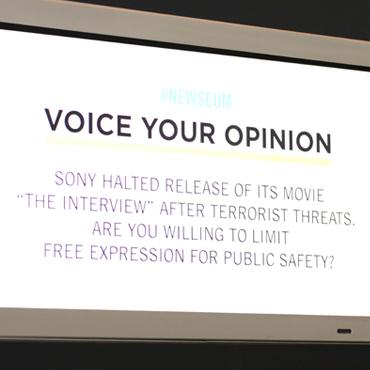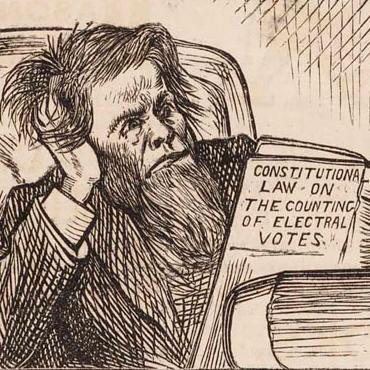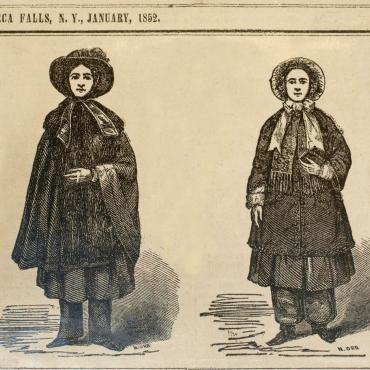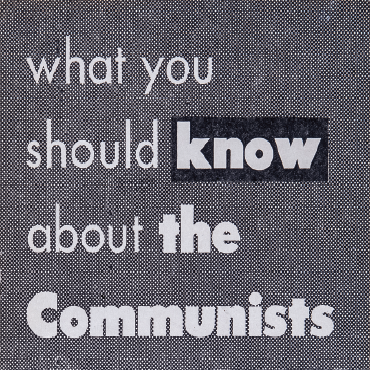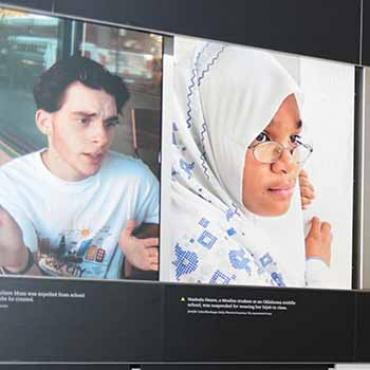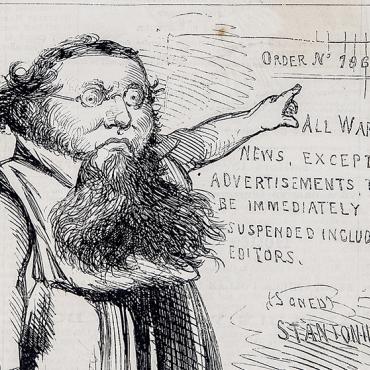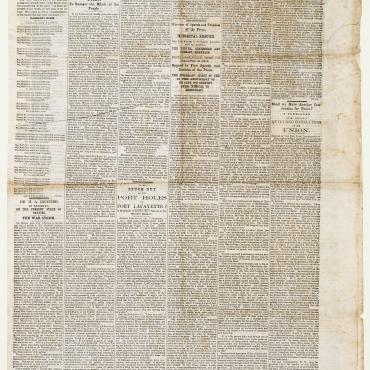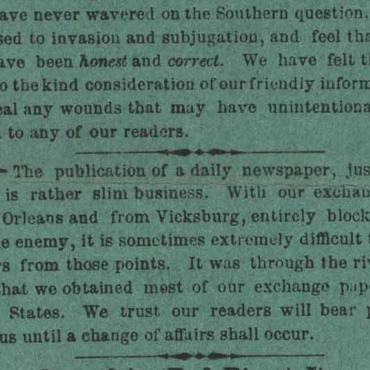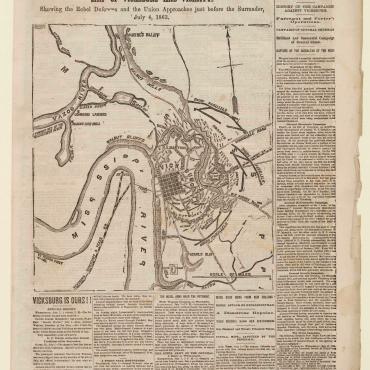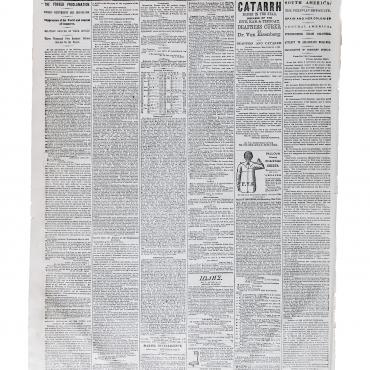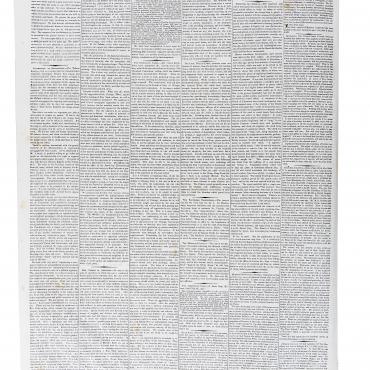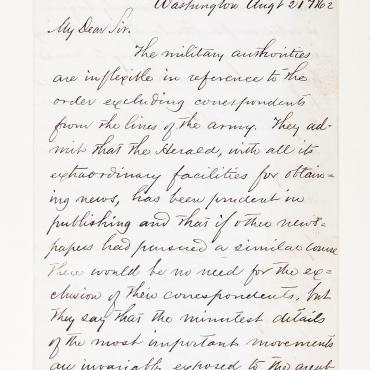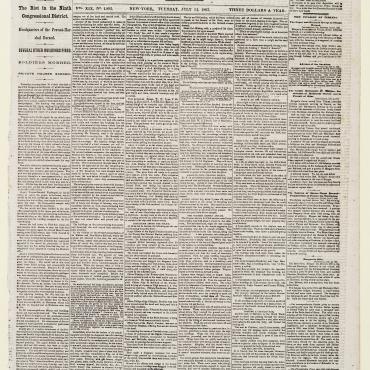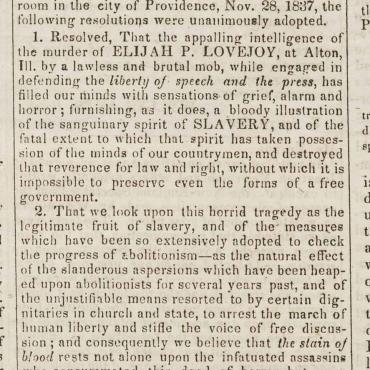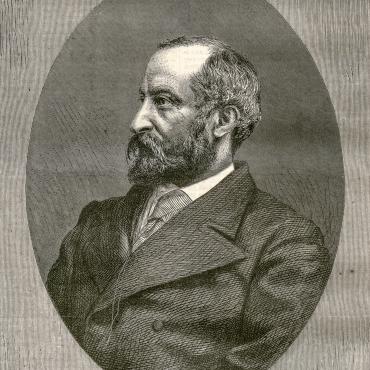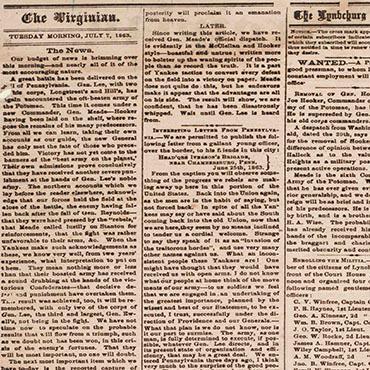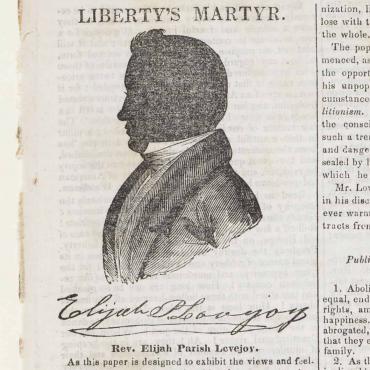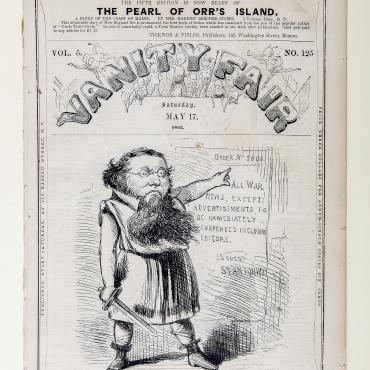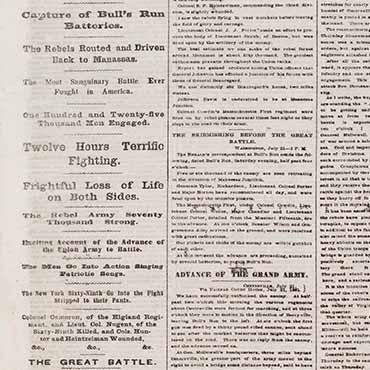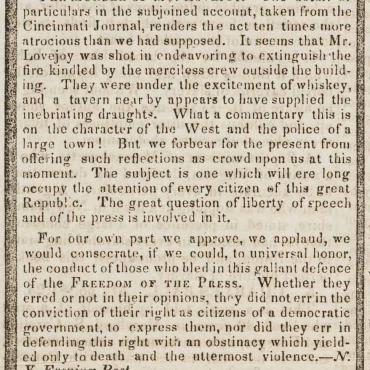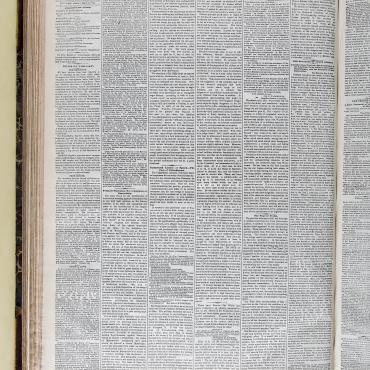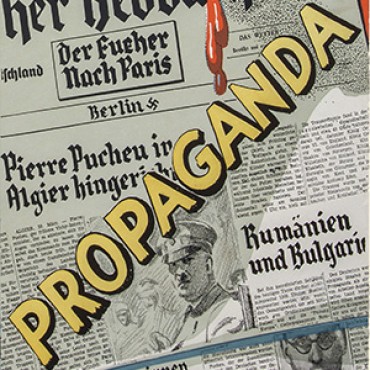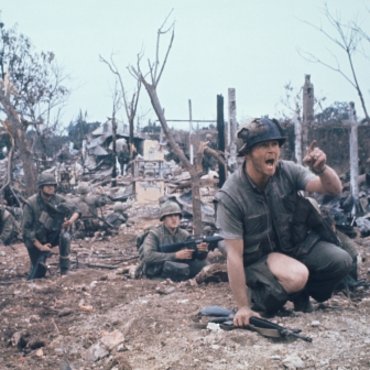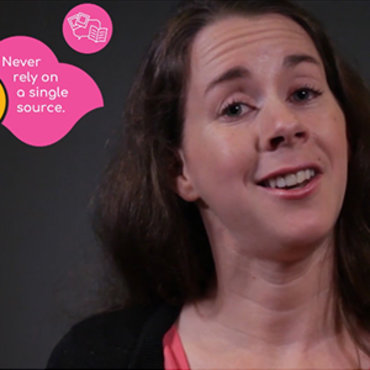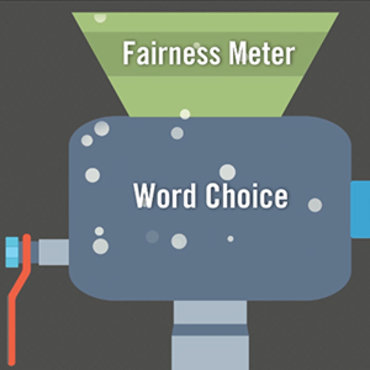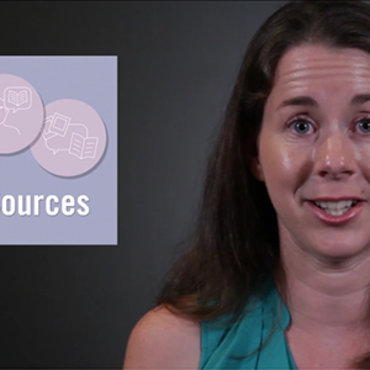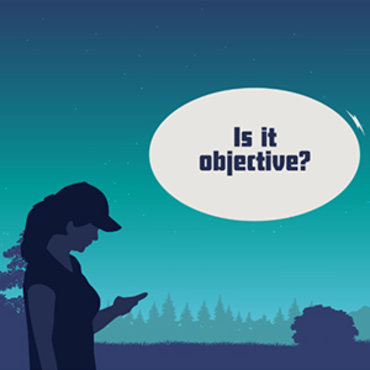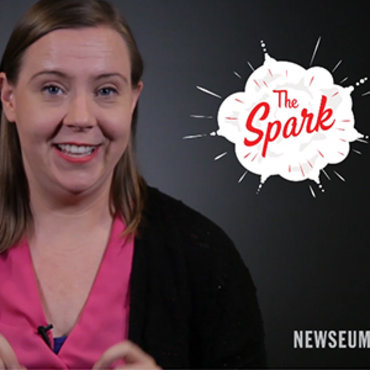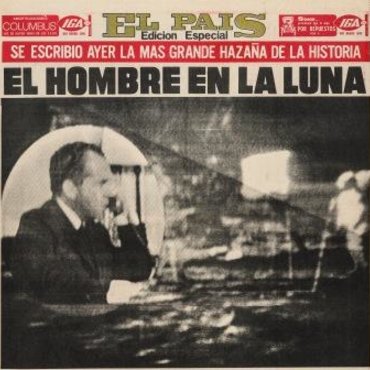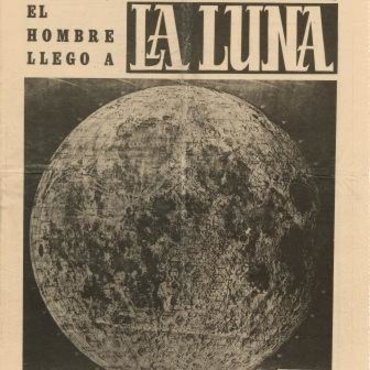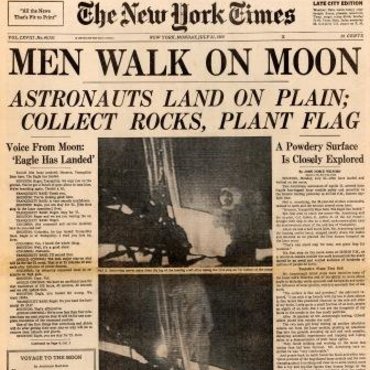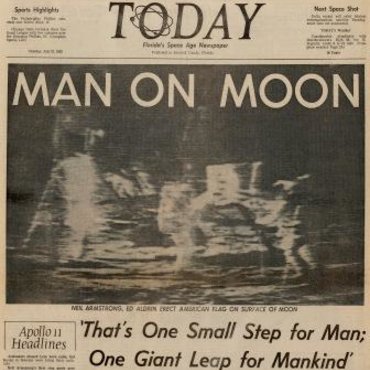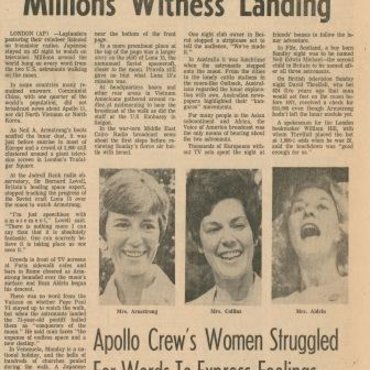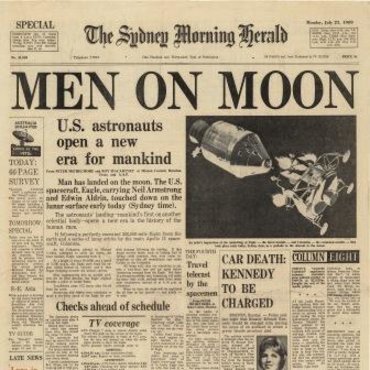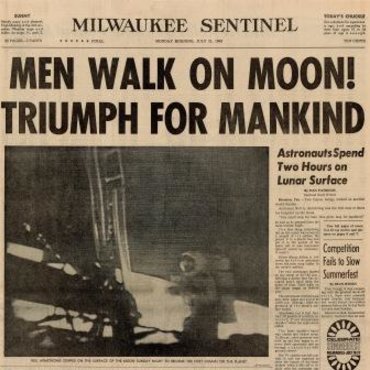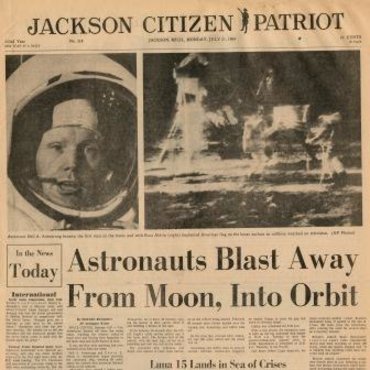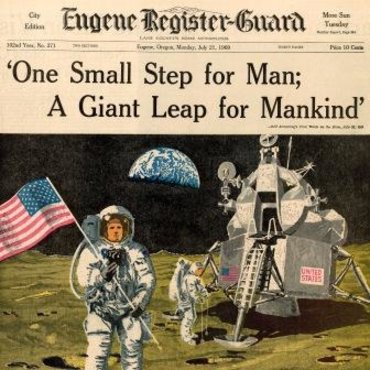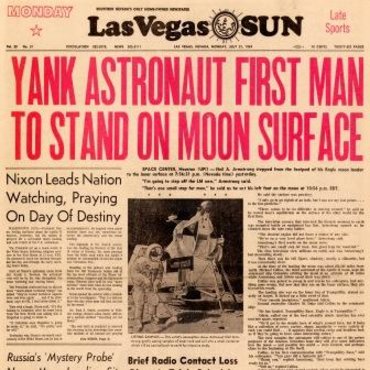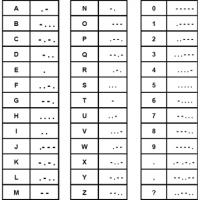
Civil War: Encoding the News
Students practice the language of the telegraph — Morse code — to gain an understanding of its advantages and drawbacks when reporting Civil War news.
Get even more great free content!
This content contains copyrighted material that requires a free NewseumED account.
Registration is fast, easy, and comes with 100% free access to our vast collection of videos, artifacts, interactive content, and more.
NewseumED is provided as a free educational resource and contains copyrighted material. Registration is required for full access. Signing up is simple and free.
With a free NewseumED account, you can:
- Watch timely and informative videos
- Access expertly crafted lesson plans
- Download an array of classroom resources
- and much more!
- Civil War
- Journalism
- 3-8
- Explain to students that the telegraph revolutionized news coverage, enabling reporters to send their stories back to their newspapers almost instantly. But sending news quickly via the telegraph was not a simple matter. In order to be able to send the messages, a telegraph operator had to translate the words into Morse code.
- Ask students to define Morse code. (It’s a system of short and long tapping noises, called dots and dashes, which the telegraph sent through electric cables. Morse code is also used with short and long bursts of light.)
- Hand out copies of the worksheet and handout as you tell students that they will experience sending and decoding Morse code themselves.
- Give students time to write and translate their headlines or sentences. Then instruct students to exchange their sheets with another student to decode.
- If desired, you can use a timer to simulate the pressure telegraph operators worked under; give students 3-5 minutes depending on skill level.
Encoding the News worksheet (download), one per student
Morse Code Key handout (download), one per student
A timer (optional)
As a group, students check the accuracy of their decoded headlines, and share their experiences. Questions include:
- Was your translation correct? What did you get wrong, and why?
- What did you like about this exercise? What did you dislike?
- What do you think it would be like to be a telegraph operator at the time of the Civil War? Remember, telegraph operators had to decode sounds – short and long taps – not a written code. Do you think this would be harder or easier that what you just did? Why?
- Compare and contrast sending a message using Morse code and a telegraph to sending a text message today. Who can send a telegraph message/text message? Who can receive a telegraph message/text message? What tools do you need for each? What senses do you use for each?
You may then wish to ask students to image how the telegraph affected Civil War news coverage.
- What challenges did telegraph operators face? Do you think it was easy to be accurate when sending messages using Morse code?
- Would a reporter know if a telegraph operator had sent the correct message or made a mistake?
- Why do people like getting news about an event as quickly as possible? What are the downsides of the pressure to publish news as soon as possible?
-
National Center for History in the Schools: NCHS.US History.Era 5
Standard 1: The causes of the Civil War. Standard 2: The course and character of the Civil War and its effects on the American people Standard 3: How various reconstruction plans succeeded or failed
